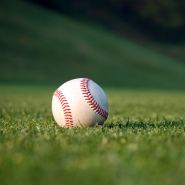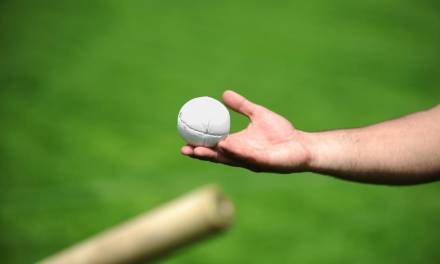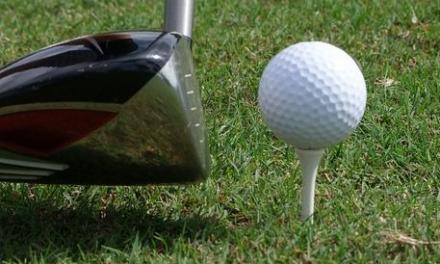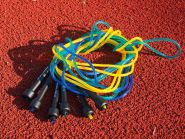Tennis is a sport that is played on a number of surfaces over the calendar year, therefore the athletes need to adapt to different conditions in order to train successfully. Some athletes do suit certain surfaces, such as Rafael Nadal who is widely considered as the “king of clay” thanks to his dominance at the French open where he has won 9 out of the last 10 tournaments. The three different surfaces are clay, grass and hard courts.
The biggest differences between clay and the other two surfaces are that the clay slows the ball downs and provides a higher bounce on the ball. As the clay will slow down serves and hard hitting, players need to train to have qualities such as conditioning of the players, consistent groundstrokes and quickness to name just a few. As the ball will be slowed down compared to, this means that on average the points, games and sets last longer so this means that the players need to be able to keep performing for a long duration of time.
Overall, all of the specific training for clay performances are based around being more consistent for a longer period of time due to the demands of the court.
Hard courts however are the opposite to clay, in regards to the speed of the ball actually becoming quicker. This places an emphasis on the importance of a players serving game. Therefore this is a tactic and training technique which should be worked upon. However the speed of the hard courts can be influenced by the amount of sand on the court, this will only affect amateur players as major professional events such as the US Open the conditions of the court will remain the same throughout the tournament.
When performing on grass, a common tactic used by many professional athletes is serve and volley, however this requires training as it is not a tactic which is affective on clay or hard courts. A shot which is often selected during grass court matches is the slice shot, therefore in the build up to events such as Wimbledon players will develop their slice shot to be able to execute it effectively
Depending on the ability of the player, adjusting to the demands of the three surfaces will have a greater or lesser effect on their performance. It is more difficult for the amateurs or intermediate players, this is because they have more knowledge of the surfaces and their coaches will be able to work with them for a longer duration of time.










